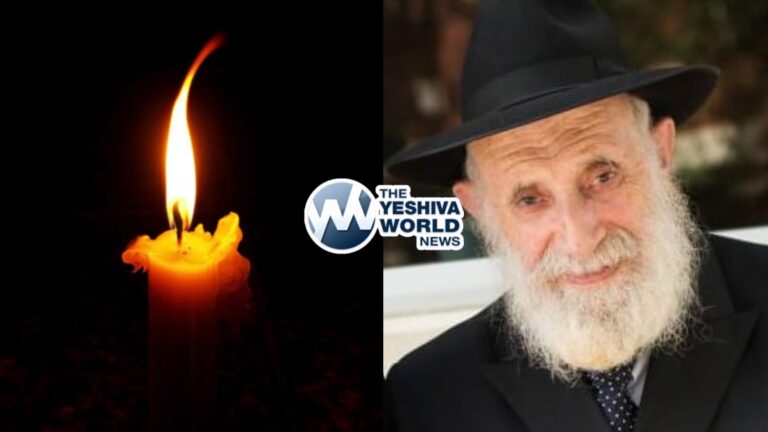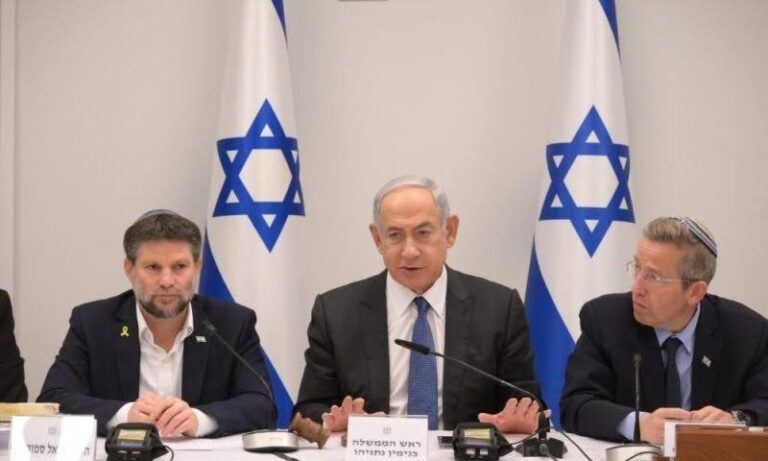by Rabbi Yair Hoffman
The Shmiras Shabbos K’hilchasah (47:11) writes that a person should exert himself to get a nice Kiddush cup because of the Mitzvah of Hiddur Mitzvah – beautifying a Mitzvah. In other words, we should go the extra yard to avoid disposable cups for Kiddush. Let’s take a look at other aspects of Hiddur Mitzvah.
- It is a Mitzvah to perform the Mitzvos in a manner that is beautiful and elegant. This is based upon the Gemorah in Shabbos 133b that states: “This is my G-d and I will glorify Him [anveihu], the L-rd of my father and I will raise Him up.” [Anveihu is understood to mean – noi, beauty] Beautify yourself before Him in mitzvos. Make before Him a beautiful sukkah, a beautiful lulav, a beautiful shofar, beautiful tzitzis, beautiful parchment for a Torah scroll, and write in it in His Name in beautiful ink, with a beautiful quill by an expert scribe, and wrap the scroll in beautiful silk fabric.”
- There is a debate as to the nature of Hiddur Mitzvah. Some Poskim are of the opinion that Hiddur Mitzvah is a Torah concept. This is the view of Rashi (Sukkah 29b) and Rabbeinu Chananel (Bava Kamma 9b). According to this view, the verse quoted is a full-fledged drasha.
- Others understand that Tosfos and the Ritvah are of the opinion that it is of Rabbinic origin. According to this view, the pasuk that is cited is an Asmachta – an allusion in the Torah to a Rabbinic enactment. However, it is possible that even according to their view, the basis of the Mitzvah is biblical, but the obligation to spend one third which will be discussed later is Rabbinic.
- The Talmud (Bava Kammah 9b) tells us, citing Rabbi Zeira, that the parameters of Hiddur Mitzvah are up to one third of the price. Rav Ashi inquired as to whether this 33% is “from within” or “from without.” In other words, if the regular cost of the item is $75, then do we say that he should spend an additional $25 (the first option) bringing it to $100? Or, the final price that he spends on the item should be 1/3 of the total cost. The latter calculation being that instead of dividing the $75 by 3 and adding that to the price, we multiply the $75 by a half and add that $37.50 to the price, thus paying a total of $108.50 for the item.
- The Gemorah concludes with a Taiko – that the matter is unresolved. The Rosh in Siman 7 rules that since the question is unresolved, we rule that it is from within and the total cost would be $100. The Bais Yoseph in Siman 656 explains his logic – that since Hiddur Mitzvah is of Rabbinic origin – we are lenient.
- There is a further debate as to how this is to be calculated. Some say that the calculation of up to a third more are limited to a case wherein the first option is not Mehudar at all and the second one is Mehudar. Others say that even if both are Mehudar, but the second one is better than the first – the rule of 1/3rd more still applies.
- The Mishna Brurah rules that even someone who is wealthy is not obligated to spend more than a third (See Mishna Brurah 656:6 according to the Magain Avrohom and Eliyahu Rabba). However, he does cite Rishonim in the Shaar HaTziyun who hold otherwise.
- There are many opinions who hold that someone who is poor and barely making it financially is not obligated to spend the extra third (See BH 656).
- Even though halachically one is not obligated to add more than a third for beautifying the Mitzvah, to one who does so, the Holy One Blessed be He will pay him his reward for doing so in his lifetime (MB 656:6 based upon the Gemorah in Bava Kamma 9b). 0
- If performing the Hidur Mitzvah will lead to Bitul Torah – then one does not do the Hidur Mitzvah (See Be’er Heitev 426:4).
- Although the Chayei Odom (68:7) is unsure whether it is preferable to perform the Mitzvah himself without a Hiddur or through a messenger with a Hiddur, the consensus of opinion is that he should do it with the Hiddur through the messenger (Dover Maysharim Vol. I 47:2).
- According to some opinions, there may be a halachic difference between something on public display versus something that is hidden regarding the obligation of Hidur Mitzvah. Tosfos in Menachos 32b “Ha Moridin” holds that there is no obligation of Hiddur Mitzvah in Tefillin – but in a Sefer Torah there is. The Vilna Gaon 37:12 disagrees with this view. The Mishna Brurah 37:4 indicates that there is no distinction.
- When the retail stores mark up the prices because they wish to take advantage of Hiddur Mitzvah – then one should not add the third (see Mogain Avrohom 242).
- If he can do the Mitzvah with Hidur but his friend will be unable to perform the Mitzvah at all, it is preferable to perform the Mitzvah without Hiddur and allow his friend to perform the basic Mitzvah (MB 671:6).
The author can be reached at [email protected]










